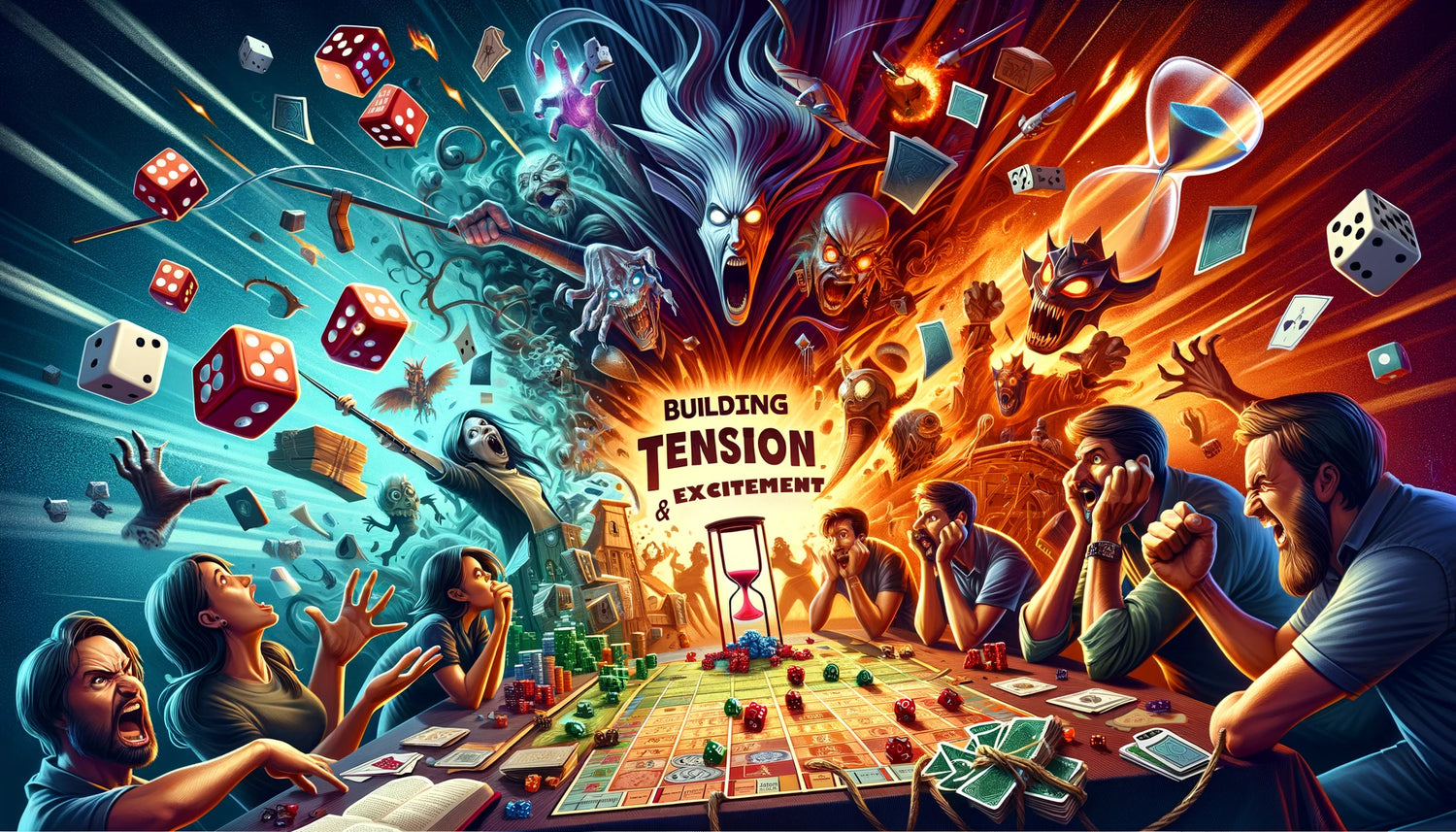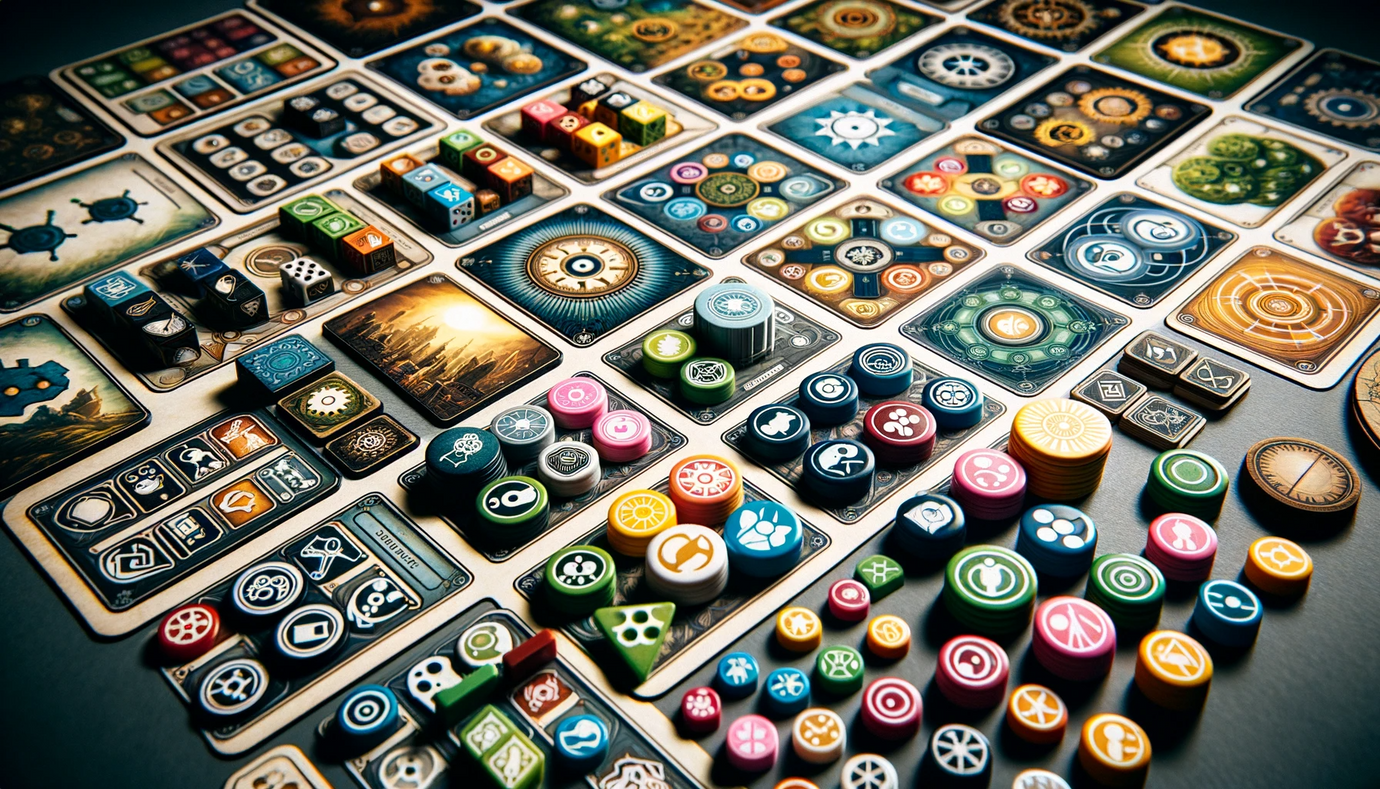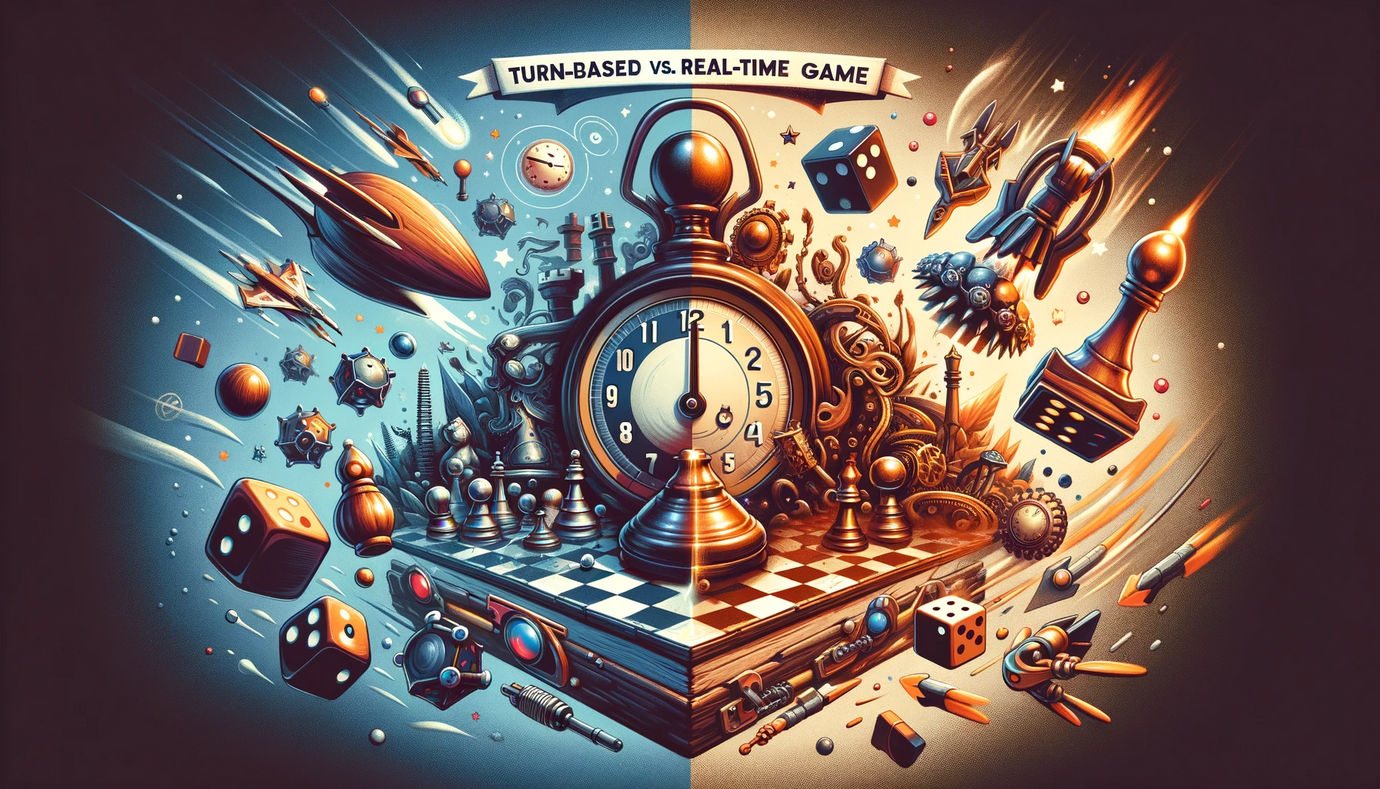Building Tension and Excitement in Game Play

Introduction
Creating tension and excitement in board and card games is essential for an engaging and memorable gaming experience. These elements keep players invested, challenge them strategically, and often lead to dramatic and thrilling moments. This blog post will delve into strategies for building tension and excitement in your game, ensuring that players remain on the edge of their seats from start to finish.
Understanding the Role of Tension and Excitement
Tension and excitement in games stem from uncertainty, risk, and the potential for significant shifts in the game’s state. They create emotional highs and lows that can make gameplay more captivating and immersive.
1. Incorporating Elements of Risk and Reward
Risk-Based Mechanics: Introduce game mechanics that involve risk-taking. This could be through strategic decisions, resource allocation, or actions with uncertain outcomes.
Rewarding Bold Plays: Ensure that taking risks can lead to significant rewards, encouraging players to engage in tense decision-making.
2. Creating Uncertainty and Unpredictability
Random Elements: Incorporate elements of randomness, such as dice rolls or card draws, that introduce uncertainty and can change the game state unexpectedly.
Variable Game Conditions: Design game conditions or objectives that can change throughout the game, keeping players unsure of the best strategy until the end.
3. Designing for Competitive Interaction
Player vs. Player Dynamics: Foster direct competition between players where actions can significantly impact others, heightening the tension.
Balanced Power Dynamics: Ensure competitive elements are balanced so that no player can dominate too early, maintaining tension for all players.
4. Building Toward a Climactic Endgame
Escalating Challenges: Design the game so that challenges escalate as the game progresses, leading to a climactic endgame.
Endgame Triggers: Create triggers or conditions for the endgame that players can influence, adding strategic depth and excitement as the game nears its conclusion.
5. Implementing Time Pressure
Timed Elements: Introduce timed elements or turn limits, forcing quick decision-making and adding pressure.
Countdown Mechanisms: Use countdown mechanisms, such as a dwindling resource pool or a timer, to create a sense of urgency.
6. Utilizing Narrative and Thematic Elements
Story-Driven Tension: Use the game’s narrative or theme to build tension. For example, a narrative twist or a thematic event can significantly alter the game’s direction.
Thematic Stakes: Establish high stakes within the game’s theme, making players feel more invested in the outcomes of their actions.
7. Balancing Tension with Enjoyment
Avoid Overwhelming Players: While tension is desirable, it’s important not to overwhelm players to the point of frustration.
Moments of Relief: Design moments of relief or humor into the game to balance the tension and provide a well-rounded experience.
8. Playtesting for Tension and Excitement
Observing Player Reactions: During playtesting, observe players’ emotional responses. Are they engaged and reacting to the game’s tense moments?
Feedback on Game Dynamics: Gather feedback specifically on the game’s tension and excitement levels. Are there points in the game where tension dips or spikes too sharply?
9. Fine-Tuning Game Mechanics
Adjusting for Balance: Based on feedback, adjust mechanics to ensure they contribute appropriately to the game’s tension and excitement.
Iterative Refinement: Continuously refine the game to enhance these elements, testing different variations to see which create the most engaging experiences.
10. Marketing the Excitement
Highlighting Exciting Features: In your marketing and promotion, highlight the elements of your game that create tension and excitement. This can attract players looking for a thrilling gaming experience.
Setting Expectations: Set the right expectations about the game’s intensity and excitement level, so players know what kind of experience to anticipate.
Building tension and excitement in game play is about striking the right balance between challenge, unpredictability, and strategic depth. By carefully designing risk-reward dynamics, competitive interactions, and escalating challenges, and by weaving in thematic and narrative elements, you can create a game that keeps players engaged and emotionally invested. Remember, the most memorable games are those that can create moments of tension and excitement, leaving players eager for just one more round.








